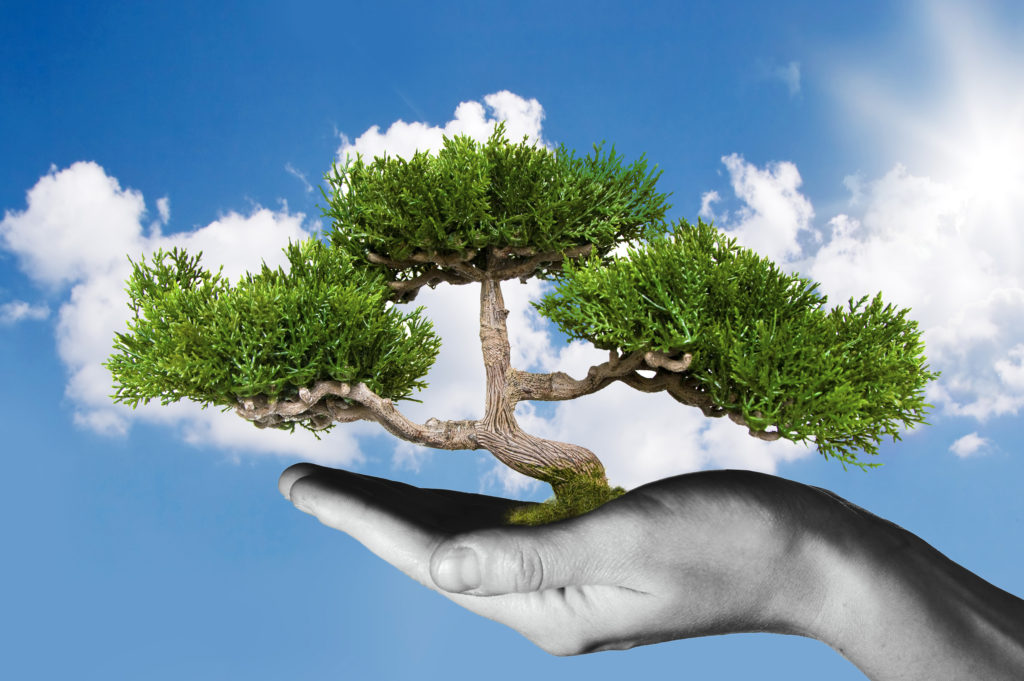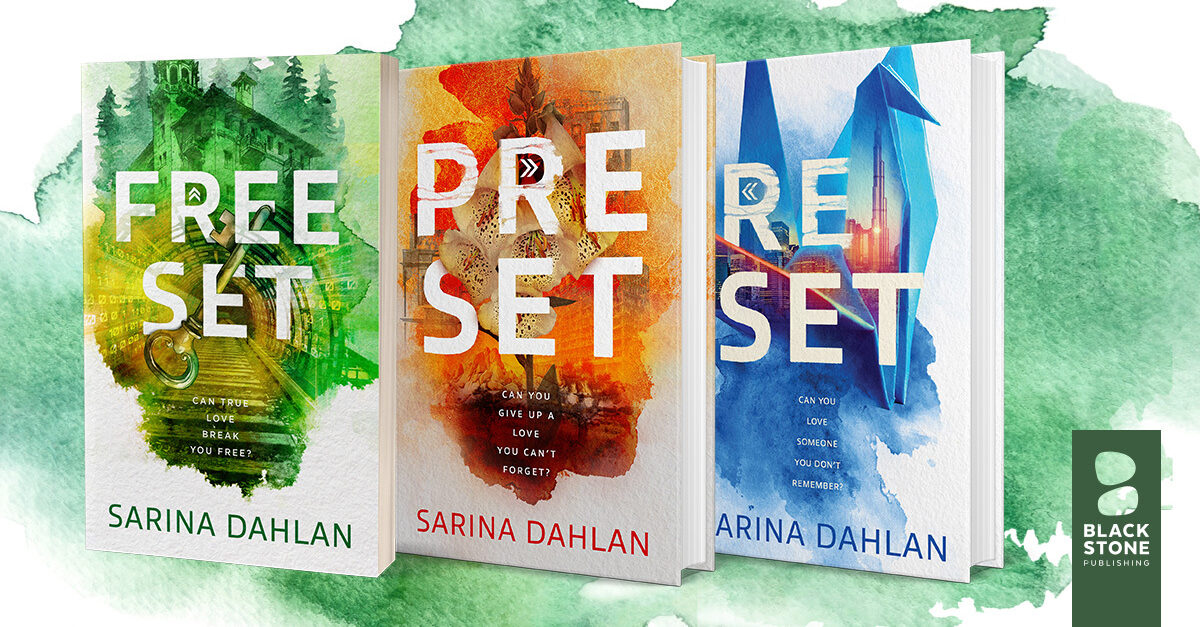When I was asked by Radical Zine to write something for their issue 19 with theme around love and harmony, my first thought went to trees. Please listen or read the story below.

When I look back at my years on this earth—with their jumble of countries and faces, names and relationships, disappointments and pleasures—there are few constants. Of those constants, most are trees. I’ve come to see each as a marker in my book of life, a reminder of where I’ve been and who I was.
The first tree that took root in my memory was a bodhi. It sat in the middle of a temple near my childhood home in Bangkok. It was a great, ancient thing with leaves the shape of a heart and gnarly roots overlapping its trunk as if several pythons had tried to swallow it and were turned to stone.
It has existed in the same spot for centuries. The city grew around it, expanding and morphing like a living organism. Roads paved over rivers. Boats gave way to cars. Wooden houses on stilts turned into high rises. Political power shifted and changed. People grew old and disappeared to be replaced by new faces. Still, the tree lives.
Ficus religiosa, the tree of awakening, is often a fixture in temples because Buddha was said to have achieved enlightenment while sitting under one. It’s a symbol of the infinite potential each person has, and the journey toward nirvana. To stand under a bodhi has an immediate cooling effect during a humid Southeast Asian day. Its massive stature protects everyone.
People wrapped scarves—colors bright as crayons—around this particular bodhi. Sometimes they rubbed gold leaf on its bark. Other times they brought sweet-scented jasmine garlands or lit incense. Gifts for a spirit. There are stories but no one was ever clear on whose spirit it is or why it decided to settle in the tree. It doesn’t seem to matter.
While a Buddhist country, Thailand has a long history with beliefs and practices laced with Hinduism and Animism. This organic mixture of faiths creates a complex and rich culture. Legends and myths are told in the same breath as history. There, magic and the supernatural are accepted more readily as a part of everyday life.
Then at twelve, I migrated from humid, rain-drenched Thailand to a desert town in Southern California. Its landscape of dry scrub and tumble weed was as if on another planet. Trees didn’t grow as tall or as aplenty. There was no shade to rest under during blazing summer days. No color green to cool the eyes against the orange sun. There, no one spoke of magic.
My family grew fruit trees in our small backyard. Persimmons, lemons, and limes—practical and useful—metaphors for immigrant life. But they didn’t capture my imagination the way the bodhi did. Not until I was a teenager, while visiting a redwood forest near San Francisco, did I experience another connection with trees.
The giant redwoods, majestic and magical, were a sight to behold. With their maroon bark marked by deep grooves like lines on a face, they looked like creatures out of a fairytale. Under their cool canopy, I was transported into another dimension. I was a tiny insect crawling under blades of grass. The Little Red Riding Hood skipping to her grandma’s house. A fairy on my way to afternoon tea in a wood stump. There—embraced by the collective nature—I wasn’t just me, but the many versions of myself with lives as rich as my imagination.
My next marker tree came after I moved to San Diego for college. The Silent Tree was salvaged from a dead Eucalyptus and mummified under a skin of lead. It stands in defiance in front of Geisel library, a house of books where its cousins lie in sacrifice for human knowledge. People scratched their initials on it, marking their passage through and becoming a part of the tree’s history. This dichotomy—of life and death, usefulness and waste, growth and destruction—puzzled and inspired me. There, I learned to look deeply at things from different angles.
Then came September 11. The news reached me over NPR radio while I was on a country road on the way to Cooperstown, New York. After that, everything became fuzzy. I remember Cooperstown being eerily quiet. I remember staring at a lake. I don’t remember what I ate for lunch if I ate at all. There was only one thing I remember well—the color green. It seemed to permeate everything. The light, the air I breathed, even my pores. Each time I think back, I’m grateful I was in the embrace of the trees on the day when several others were walking under an angry sky that rained down ash, being stuck inside fearing for their lives, watching black smoke billowing from two towers, or praying for the safety of those they love.
Finding comfort in trees became a habit. When I was working for a company headquartered in New York City, I would make a pilgrimage to Central Park each time I was there, regardless of season. Sometimes the visit was fifteen minutes, sometimes it was the whole day. The park was like an art gallery. In the winter, the leafless trees stood attenuated like Giacometti sculptures. In the fall, some exploded in glorious bouquets of orange and red. In the spring and summer, the warm light shone through the green leaves, painting my skin green just like it did in Cooperstown. There, I dreamed of becoming a writer and imagined the stories I would tell.
My most recent marker tree is a tall and handsome Torrey Pine planted near the turn of the last century—one of the reasons I chose my house. The rarest pine in North America, native trees are only found on Santa Rosa Island and the sandy bluffs of northern San Diego. This tree is what I’ve come to associate with the idea of home.
So, when I think of endurance, peace, and boundless creativity, I think of trees. The bodhi. The California redwood. The Silent Tree. The trees in Cooperstown. Those in Central Park. My Torrey Pine. And for the past year, the kind of tree I will become.
I don’t remember how I came across Capsula Mundi. It could have been by mere coincidence, a compilation of logical steps taken from one place to another, or kismet. However it came, it left an impact. The project rethinks end of life burial. It offers biodegradable egg-shaped pod where one’s body can be placed inside. A tree, chosen in life by the deceased, would be planted over it and serve as a memorial. A lasting gift we can leave for generations to come.
This idea will change the entire landscape of cemeteries, and even how we view death and the dead. Instead of gray headstones, nonbiodegradable coffins, and preservative-injected bodies, we will have a forest of trees where we will become one with the earth, repurposing our life for another. Cemeteries will be a place of solace. In its cool, restorative peace, one could meditate and imagine a life of possibilities. There, we would be hugged by nature and feel the endurance of existence.
Trees. The markers of time. A constant in a world of chaos. Whatever life I have left, regardless of what comes next, I know there will be trees. And at the end, I will be one. I wonder the kind I will become.
Subscribe to my newsletter to get book news, blogs, and upcoming giveaways.
